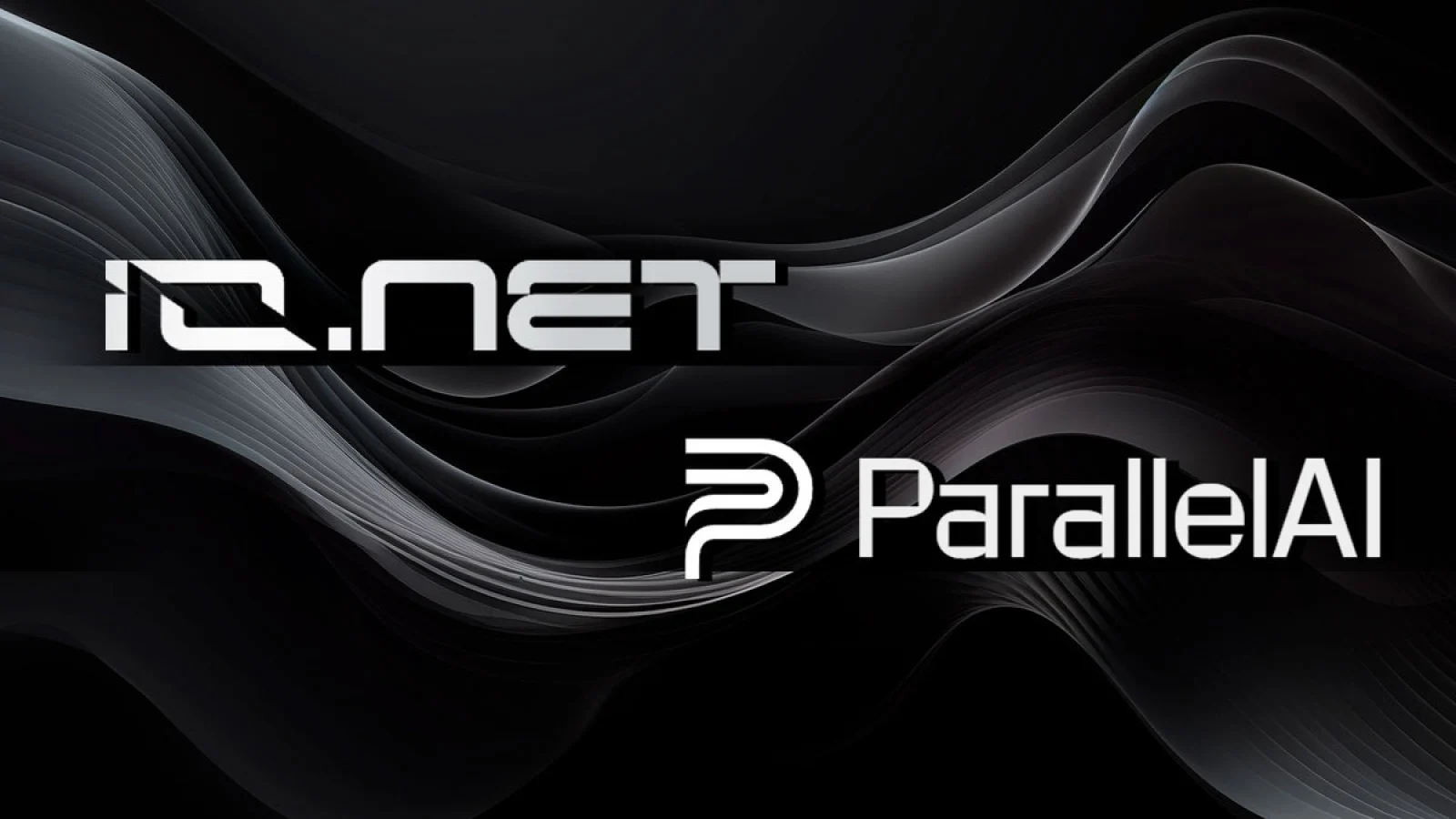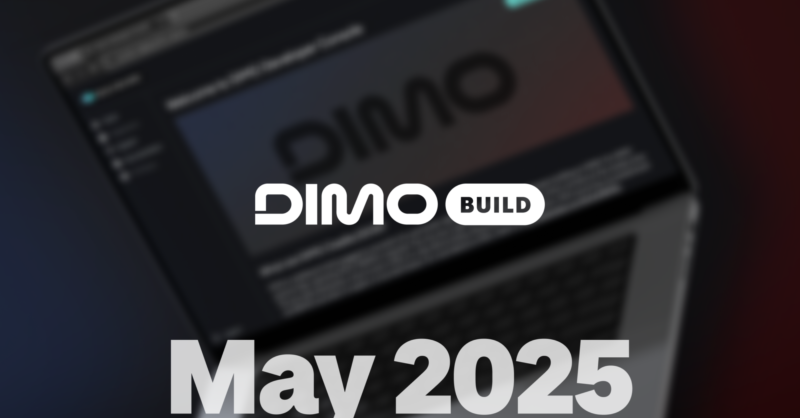io.net Partners with ParallelAI to Enhance GPU Computing for AI

In a significant development within the blockchain and AI sectors, io.net, a pioneering decentralized physical infrastructure network (DePIN) GPU platform, has announced a strategic partnership with ParallelAI. This collaboration aims to enhance the capabilities of both platforms by integrating io.net’s tools into ParallelAI’s infrastructure, which specializes in parallel processing optimization for AI applications. The partnership is expected to bolster GPU computational facilities on IO Cloud, particularly through the deployment of A100 GPUs, allowing AI developers to efficiently conduct tasks such as large language model (LLM) training and distributed deep learning.
The partnership will not only focus on expanding computational resources but also on joint research and development efforts. By leveraging their combined expertise, io.net and ParallelAI aim to push the boundaries of GPU cloud computing, setting new standards for performance and efficiency. This collaboration follows io.net’s previous partnerships, including a notable alliance with FLock to develop a Proof-of-AI (PoAI) consensus mechanism, further solidifying its position in the AI and DePIN landscape.
ParallelAI’s innovative approach allows developers to write high-level code while the platform manages parallel computing across multiple GPUs and CPUs. This can lead to a remarkable reduction in computational time—up to 20 times faster—and significant cost savings. By utilizing decentralized GPU clusters on demand through IO Cloud, ParallelAI can scale its operations seamlessly, ensuring clients have reliable access to the computational power needed for intensive AI workloads, with potential savings of up to 90% compared to traditional cloud services.
Related News





